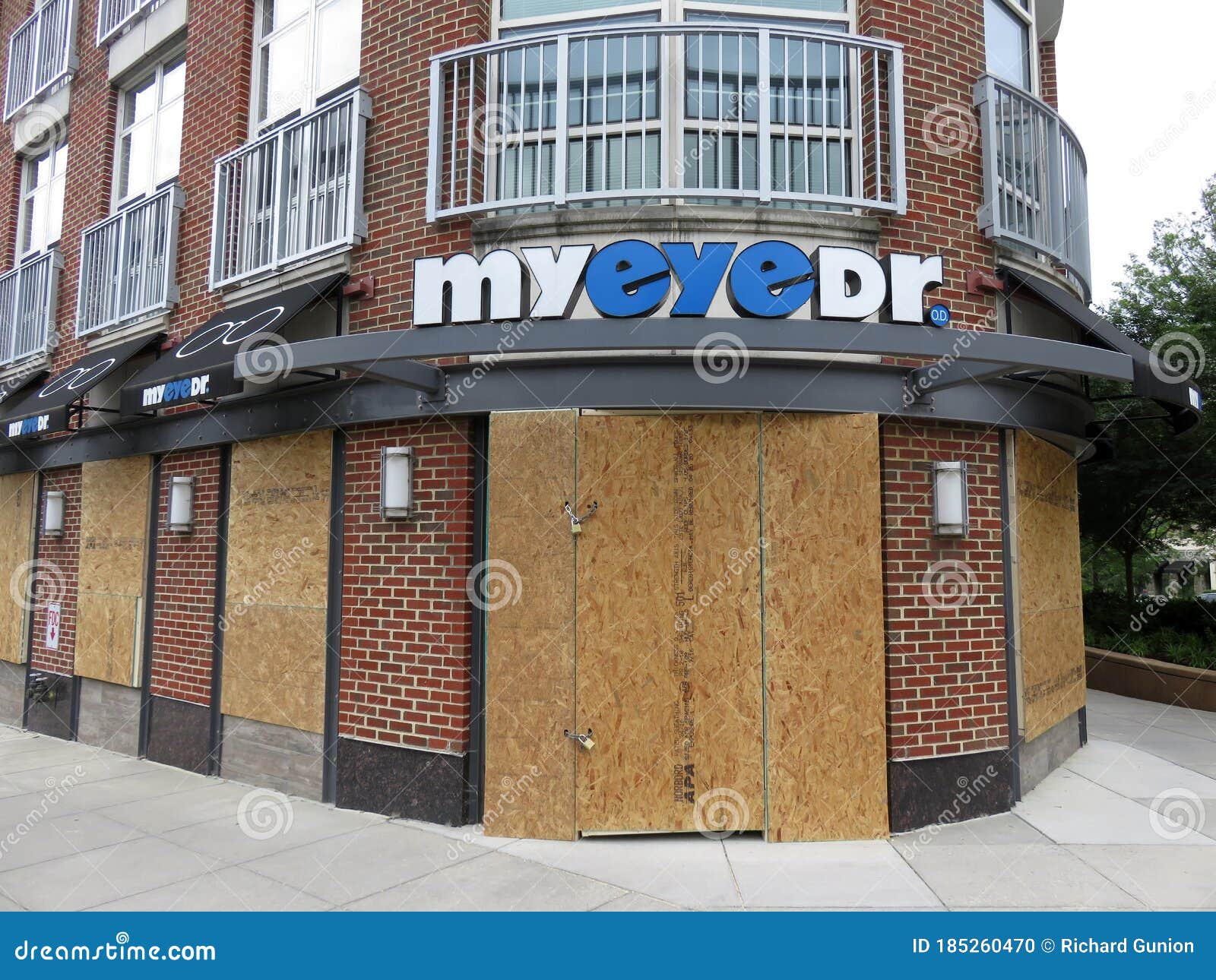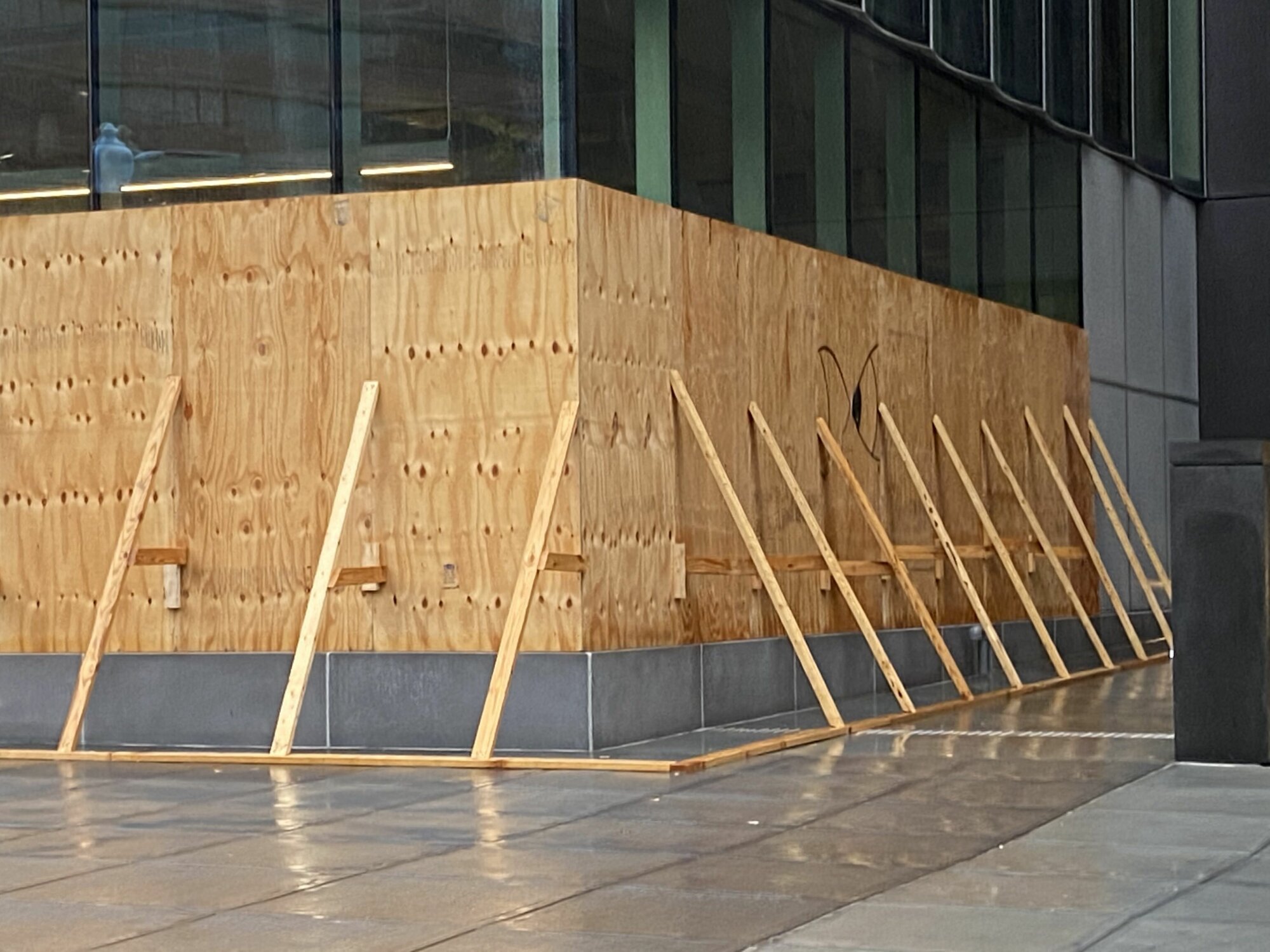Exploring The Mystery Behind DC Boarded Up
From abandoned buildings to historical landmarks, the phrase "dc boarded up" evokes curiosity and intrigue. Whether it’s a result of urban decay, safety concerns, or preservation efforts, boarded-up structures in the nation’s capital tell stories of the past and present. In this article, we’ll dive deep into the phenomenon of boarded-up spaces in DC, exploring their causes, significance, and impact on the community.
Washington, D.C., is a city steeped in history, culture, and politics. Yet, amidst its grand monuments and bustling streets, boarded-up buildings stand as silent witnesses to the city’s evolving landscape. These structures often reflect economic shifts, urban planning decisions, or even social issues. Understanding the reasons behind their boarded-up state can provide valuable insights into the challenges and opportunities facing the city today.
From a visitor’s perspective, encountering a boarded-up building in DC can spark curiosity. What happened here? Why is it closed off? These questions are not only natural but also essential to understanding the broader context of urban development and community resilience. As we delve into this topic, we’ll uncover the stories behind these boarded-up spaces and examine their role in shaping DC’s future.
Read also:Exploring The Journey Of Charlie Craft Usc A Rising Star In The Spotlight
Table of Contents
- What Does "DC Boarded Up" Mean?
- Why Are Some Buildings Boarded Up in DC?
- How Does "DC Boarded Up" Impact the Community?
- Are There Any Famous Boarded-Up Locations in DC?
- What Are the Solutions for "DC Boarded Up" Issues?
- The History of Boarded-Up Buildings in DC
- How Can You Help Address "DC Boarded Up" Problems?
- Is "DC Boarded Up" a Sign of Decline or Renewal?
- What Can We Learn from "DC Boarded Up" Examples?
- Conclusion: The Future of "DC Boarded Up"
What Does "DC Boarded Up" Mean?
The term "dc boarded up" refers to buildings or structures in Washington, D.C., that have been sealed off using wooden boards, metal panels, or other materials. This is typically done to secure abandoned or vacant properties, prevent vandalism, or protect against safety hazards. While the sight of boarded-up buildings can sometimes evoke feelings of neglect, it’s important to understand the context behind these decisions.
In many cases, "dc boarded up" is a temporary measure. Property owners or local authorities may board up a building while awaiting renovation, demolition, or repurposing. However, prolonged boarding can also indicate deeper issues, such as economic decline or unresolved disputes over ownership and development.
Why Are Some Buildings Boarded Up in DC?
There are several reasons why buildings in DC might end up boarded up. Let’s explore some of the most common causes:
- Economic Challenges: Financial difficulties can lead to property abandonment, leaving buildings vulnerable to decay and vandalism.
- Urban Planning: Some structures are boarded up as part of citywide redevelopment plans, awaiting demolition or renovation.
- Historical Preservation: Certain buildings are boarded up to protect their historical integrity while restoration efforts are underway.
- Safety Concerns: Hazardous conditions, such as structural instability or fire damage, may necessitate boarding up a property.
How Does "DC Boarded Up" Impact the Community?
Boarded-up buildings can have both positive and negative effects on a community. On one hand, they may serve as reminders of unresolved issues, such as poverty or urban decay. On the other hand, they can also represent opportunities for renewal and growth.
Are There Any Famous Boarded-Up Locations in DC?
Washington, D.C., is home to several notable boarded-up sites that have captured public attention. These locations often have rich histories and stories worth exploring. Here are a few examples:
- The Franklin School: Once a symbol of educational innovation, this historic building has faced prolonged periods of being boarded up.
- Old Post Office Pavilion: Before its transformation into a vibrant shopping and dining destination, this iconic structure was boarded up for years.
What Are the Solutions for "DC Boarded Up" Issues?
Addressing the challenges posed by boarded-up buildings requires a multifaceted approach. Local governments, community organizations, and private investors all play a role in finding sustainable solutions. Some strategies include:
Read also:Milla Jovovich Pictures A Glimpse Into The Iconic Starrsquos Life And Career
- Encouraging adaptive reuse projects to repurpose old buildings.
- Providing financial incentives for property owners to renovate or maintain their structures.
- Engaging residents in community-driven revitalization efforts.
The History of Boarded-Up Buildings in DC
The phenomenon of boarded-up buildings in DC is not new. Over the decades, the city has experienced cycles of growth, decline, and renewal, each leaving its mark on the urban landscape. Understanding this history can help us appreciate the complexities of the "dc boarded up" issue.
How Can You Help Address "DC Boarded Up" Problems?
Individuals and communities can take proactive steps to address the challenges associated with boarded-up buildings. Volunteering with local organizations, advocating for policy changes, and supporting small businesses in affected areas are just a few ways to make a difference.
Is "DC Boarded Up" a Sign of Decline or Renewal?
While boarded-up buildings may initially appear as signs of decline, they can also signal the potential for renewal. Many cities, including DC, have successfully transformed boarded-up spaces into thriving hubs of activity. The key lies in collaboration and innovation.
What Can We Learn from "DC Boarded Up" Examples?
Examining specific examples of boarded-up buildings in DC can provide valuable lessons for other cities facing similar challenges. By studying successful revitalization projects, we can identify best practices and strategies for positive change.
Conclusion: The Future of "DC Boarded Up"
The phrase "dc boarded up" may evoke mixed emotions, but it also represents an opportunity for growth and transformation. By addressing the root causes of boarded-up buildings and working together to find solutions, Washington, D.C., can continue to evolve into a vibrant and inclusive city. Whether you’re a resident, visitor, or advocate, there’s a role for everyone to play in shaping the future of DC’s urban landscape.
Exploring The World Of Yana Fashion Nues: A Complete Guide
Clara Fernandez Olympics: Inspiring Stories And Achievements
Halle Berry Nip: A Closer Look At The Iconic Moment

My Eye Dr Boarded Up in Washington DC Editorial Image Image of police

BID Boarded up downtown DC businesses making their own decisions